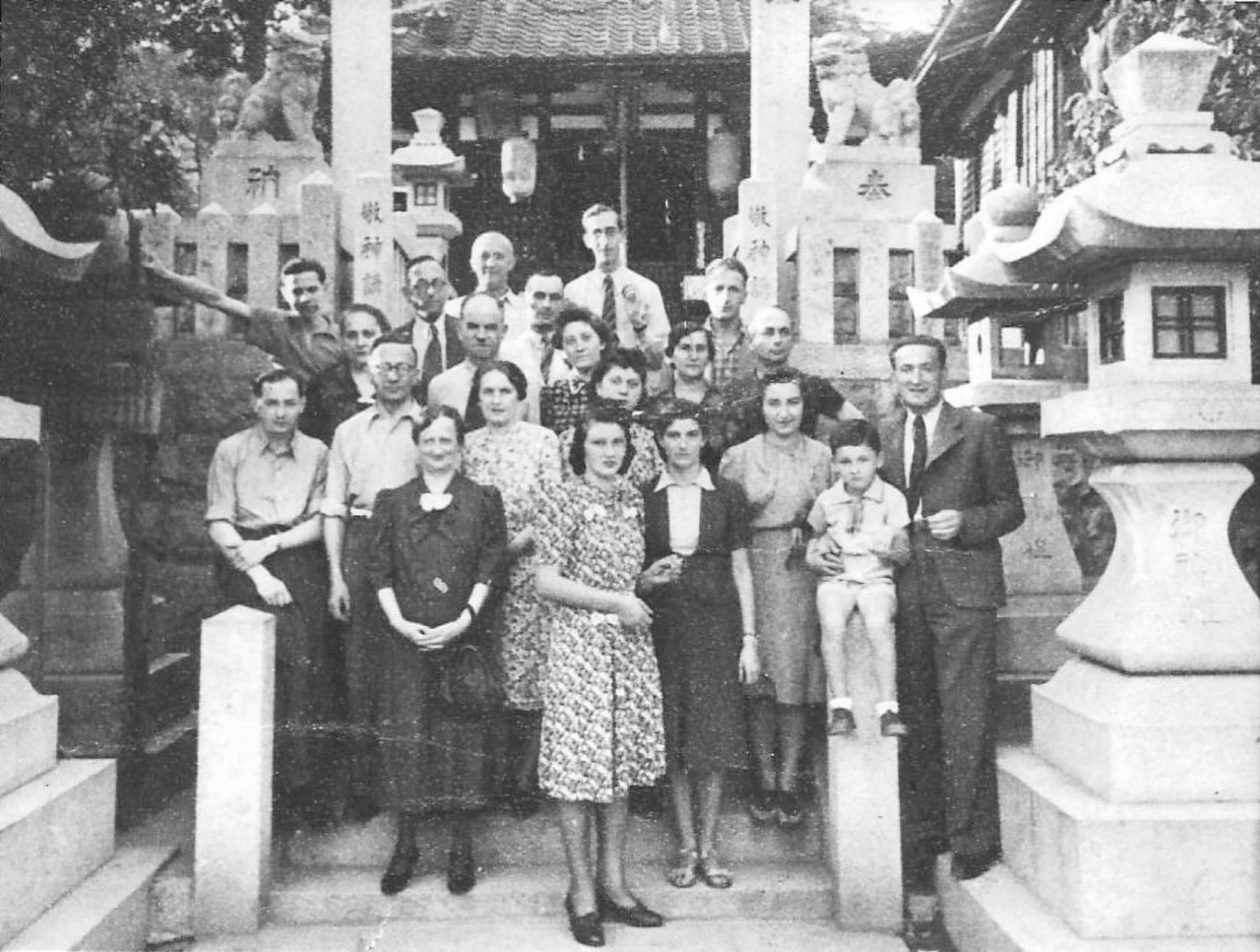
Fig. 1: Photo of German-Jewish refugees in the port city of Kobe, September 1940. Including Irmgard Ellison, born Katzenstein, and her parents, Robert Katzenstein and Christine (‘Toni’) Katzenstein from Gau-Odernheim (Rhine-Hesse).
Private archive Tami Ellison.
This photograph captures the Katzenstein family, German-Jewish refugees fleeing Nazi persecution. It was taken at the Ichinomiya Shrine, a sacred place in the Japanese religion, Shinto, in the port city of Kobe in September 1940. Irmgard Ellison (1922–2009), born Katzenstein, can be seen in the second-row center, while her parents, Robert Katzenstein (1880–1955) and Christine (‘Toni’) Katzenstein (1882–1959), born Koehler, are in the third row, on the left. During their stay, the family prepared meals for other German-Jewish refugees shown in this photo.
After escalating antisemitism in Nazi Germany, the Katzenstein family escaped through Siberia because other escape routes were blocked during the Second World War. They fled from Germany to Moscow, crossed the Trans-Siberian Railway to Manchukuo, a Japanese puppet state in northeastern China, and reached the Japanese port city of Kobe via the Korean Peninsula.
Previous research has primarily focused on Eastern European Jews who arrived in Kobe with transit visas issued by the Japanese diplomat Sugihara Chiune (1900–1986) in Lithuania. Therefore, this photograph is an important historical document that highlights the experiences of German-Jewish refugees in Kobe who did not have ‘Sugihara visas.’ Furthermore, it exemplifies that Kobe, today a city with a population of around 1,5 million on the north shore of Osaka Bay, became ultimately a place of transit for Jews fleeing Nazi Germany.
Photo of German-Jewish refugees in the port city of Kobe, September 1940, edited in: [Hi]stories of the German-Jewish Diaspora, <https://diaspora.jewish-history-online.net/preview/source/gjd:source-7> [June 08, 2025].